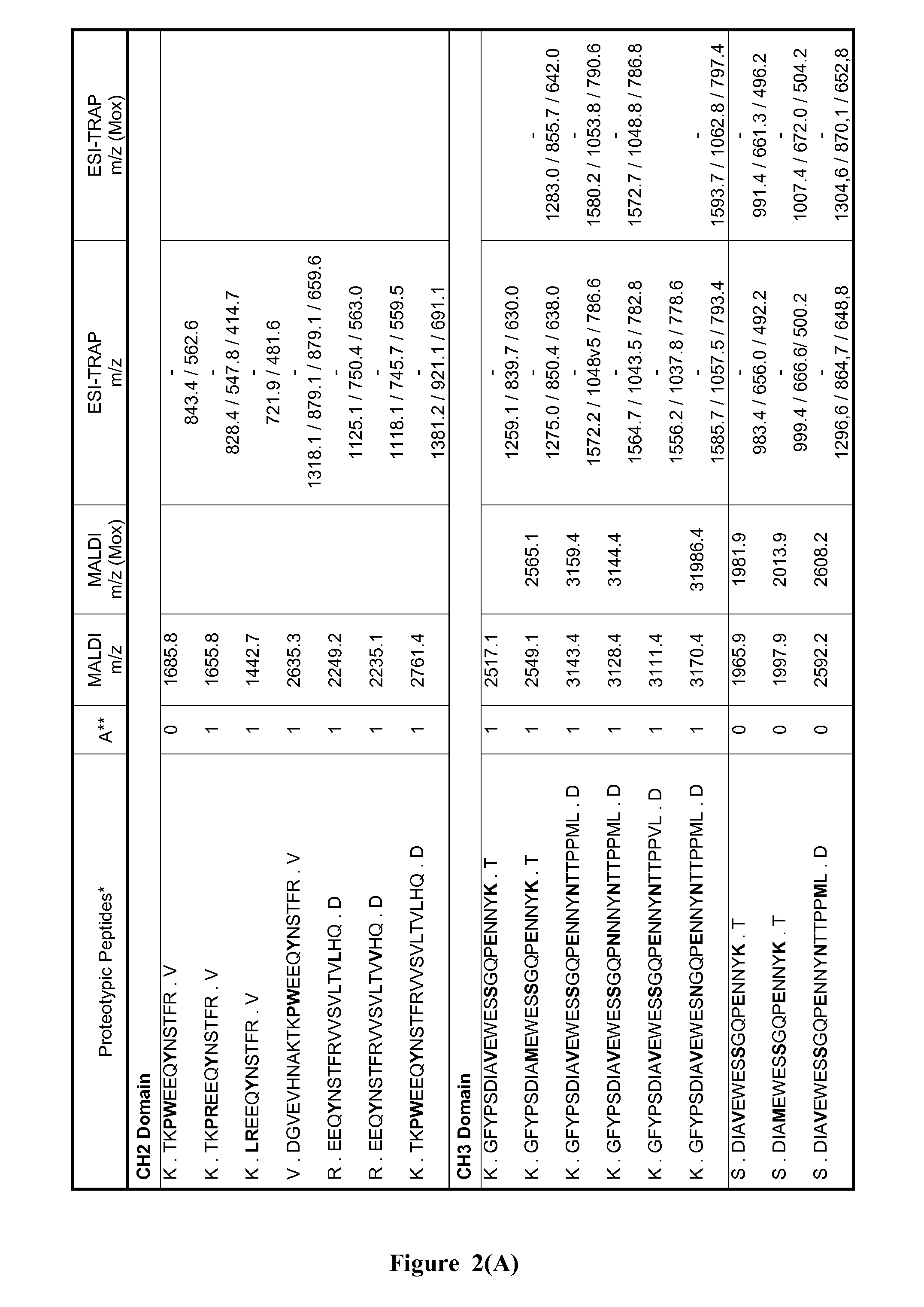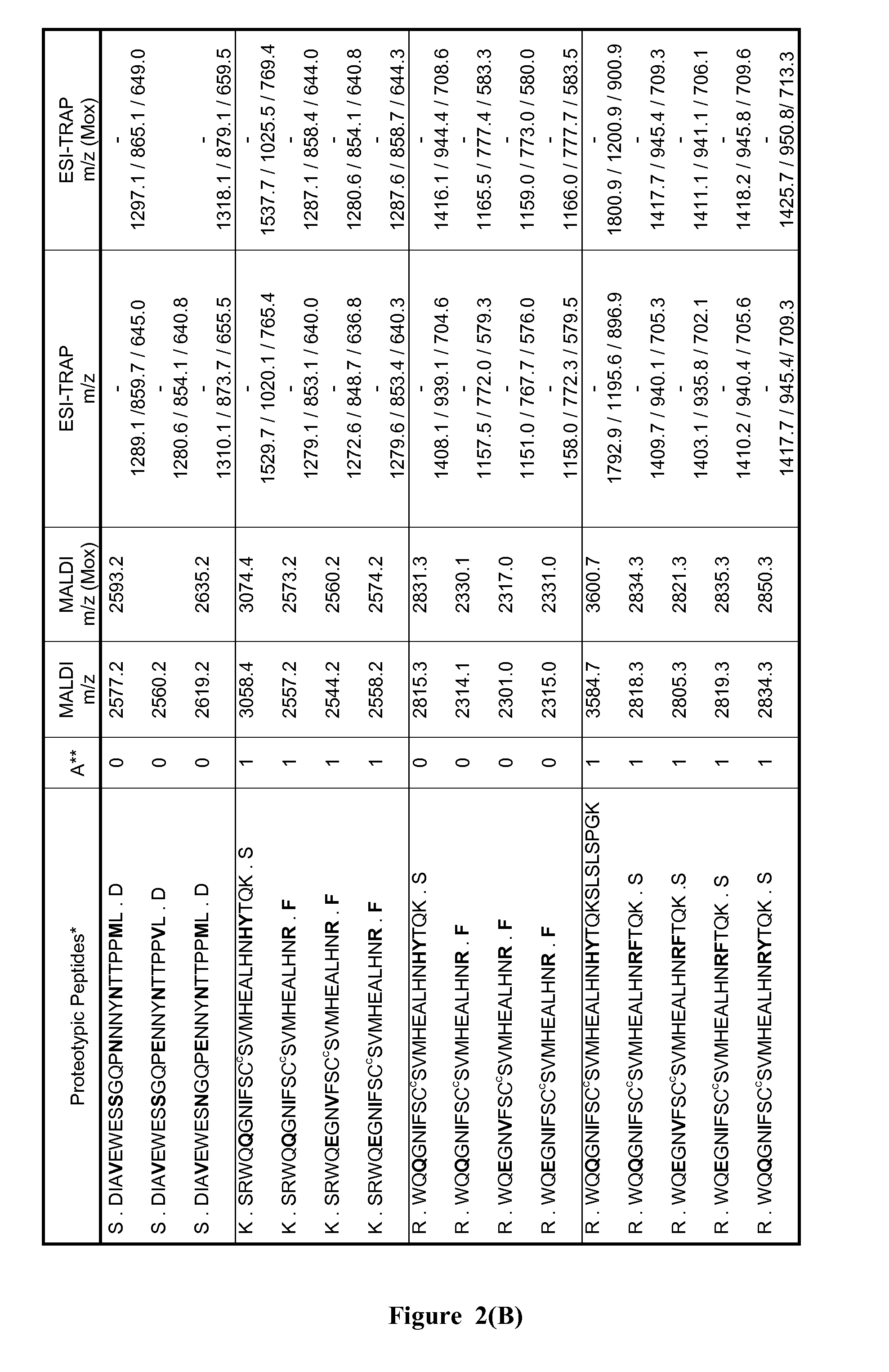Method of neonatal serological diagnosis
a serological diagnosis and neonatal technology, applied in the field of neonatal serological diagnosis, can solve the problems of preventing the assessment of the proportion of antibodies generated by the child, difficult biochemical diagnosis of certain vertically transmitted diseases in the newborn, and inability to carry out serological tests in infants
- Summary
- Abstract
- Description
- Claims
- Application Information
AI Technical Summary
Benefits of technology
Problems solved by technology
Method used
Image
Examples
examples
[0103]The following examples describe some of the preferred modes of making and practicing the present invention. However, it should be understood that the examples are for illustrative purposes only and are not meant to limit the scope of the invention. Furthermore, unless the description in an Example is presented in the past tense, the text, like the rest of the specification, is not intended to suggest that experiments were actually performed or data were actually obtained.
[0104]Some of results presented below have been described in a scientific paper (C. Dechavanne et al., “Mass spectrometry detection of G3m and IGHG3 alleles and follow-up of differential mother and neonate IgG3”), which has been submitted to PLoS ONE on Jul. 30, 2012. The entire content of this paper is incorporated herein by reference.
Methods Used
1. Definition of the Theoretical List of the Peptides Distinctive of G3m and IGHG3 Alleles
[0105]The list of proteotypic peptides was established based on a compariso...
PUM
| Property | Measurement | Unit |
|---|---|---|
| volume | aaaaa | aaaaa |
| pH | aaaaa | aaaaa |
| concentration | aaaaa | aaaaa |
Abstract
Description
Claims
Application Information
 Login to View More
Login to View More - R&D
- Intellectual Property
- Life Sciences
- Materials
- Tech Scout
- Unparalleled Data Quality
- Higher Quality Content
- 60% Fewer Hallucinations
Browse by: Latest US Patents, China's latest patents, Technical Efficacy Thesaurus, Application Domain, Technology Topic, Popular Technical Reports.
© 2025 PatSnap. All rights reserved.Legal|Privacy policy|Modern Slavery Act Transparency Statement|Sitemap|About US| Contact US: help@patsnap.com



